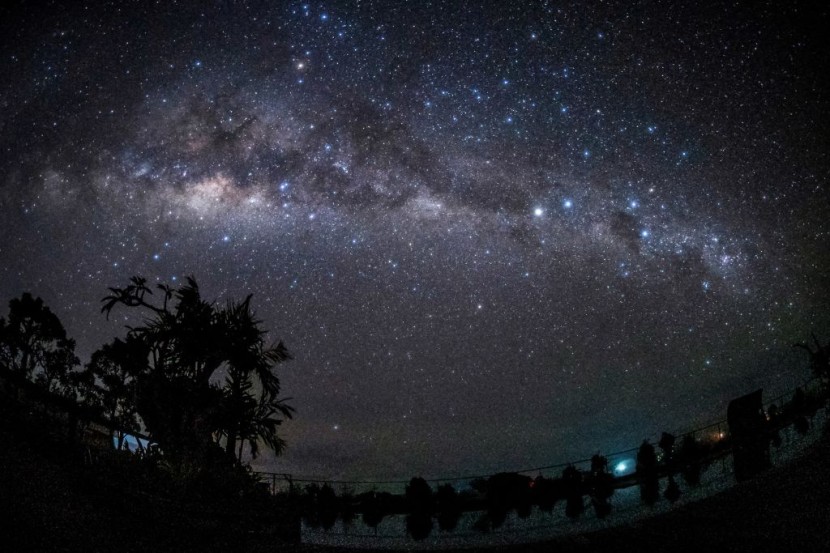NASA's James Webb Space Telescope captured images of the deep center of our Milky Way that highlight never-before-seen features that have yet to be explained by science.
The space telescope was specifically able to narrow in on the region that is known as Sagittarius C (Sgr C). It is located roughly 300 light-years away from Sagittarius A*, which is the supermassive black hole at the Milky Way's center.
Milky Way's Deep Center

The unprecedented detail provided by James Webb casts the region in a new light to astronomers, allowing them to study it in ways that previously were not possible. Astronomers noted that the level of resolution in the new observations allows them to see new features for the very first time.
These include how the galactic center is actually a very crowded region that is home to around 500,000 stars. It features a cluster of protostars, which are those that are still in the process of forming. Located at the heart of this cluster is a previously known massive protostar that is roughly 30 times the mass of our own Sun, as per Salon.
The space telescope's NIRCam (Near-Infrared Camera) instrument was also able to capture large-scale emission from ionized hydrogen. These bordered the lower side of an infrared-dark cloud.
Astronomers noted that they are excited to dig into the data and are hoping that the new image will later result in unprecedented information on how stars form. The observation team's principal investigator, Samuel Crowe said that there has never been any infrared data on the newly-seen region with such a high level of resolution and sensitivity.
Crowe, who is an undergraduate student at the University of Virginia in Charlottesville, said that James Webb has provided an incredible amount of detail. The latest findings come as the space telescope was initially launched into space in December 2021.
Since July 2022, NASA has been releasing images from the telescope and has touted the observatory's advanced capabilities. The photographs that James Webb has taken since its inception have shown the scale and complexity of the universe that we live in, according to the Washington Examiner.
Providing Valuable Insights
Crowe noted that Webb's latest image will help science advance even further than it has ever before. He noted that massive stars are factories that produce heavy elements inside their nuclear cores. This means that understanding them better is akin to learning about the origin of the majority of things in the universe.
Studying the center of our galaxy using data from James Webb could provide valuable insights into how many stars form inside. It could also help in identifying whether or not massive stars are more likely to form near the galactic center rather than the spiral arms of the Milky Way.
A research professor of astronomy, Jonathan Tan said that the galactic center is the most extreme environment in our Milky Way galaxy. He noted that it is the region where current theories of star formation can be put to their most rigorous test in history, said CNN.








